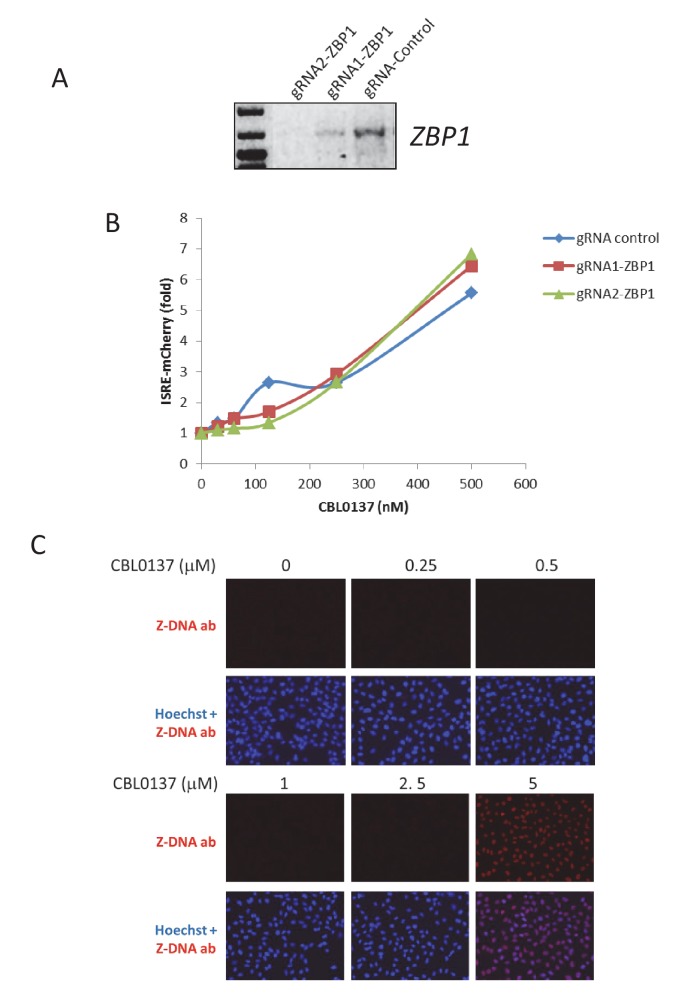Figure 6. Elevated presence of double-stranded RNA in cells and tissues of mice treated with CBL0137.
Immunofluorescent staining of MEF (A) and human HT1080 (B) cells with antibody to dsRNA (red) and Hoeschst (blue). (C) Northern blotting of RNA from MEF (Trp53-/-) treated with either 5-Aza for 72 hr or CBL0137 for 48 hr and hybridized with B1 or Actb probes. (D) Increase in transcripts corresponding to major (GSAT) or minor (SATMIN) satellites or LINE1 in MEF cells or lung tissue of mice treated with either 1 μM or 60 mg/kg of CBL0137 for 24 hr. Bars are relative increase of the transcripts abundance in treated versus untreated samples. p=FDR corrected p-value (see Materials and methods for details).


